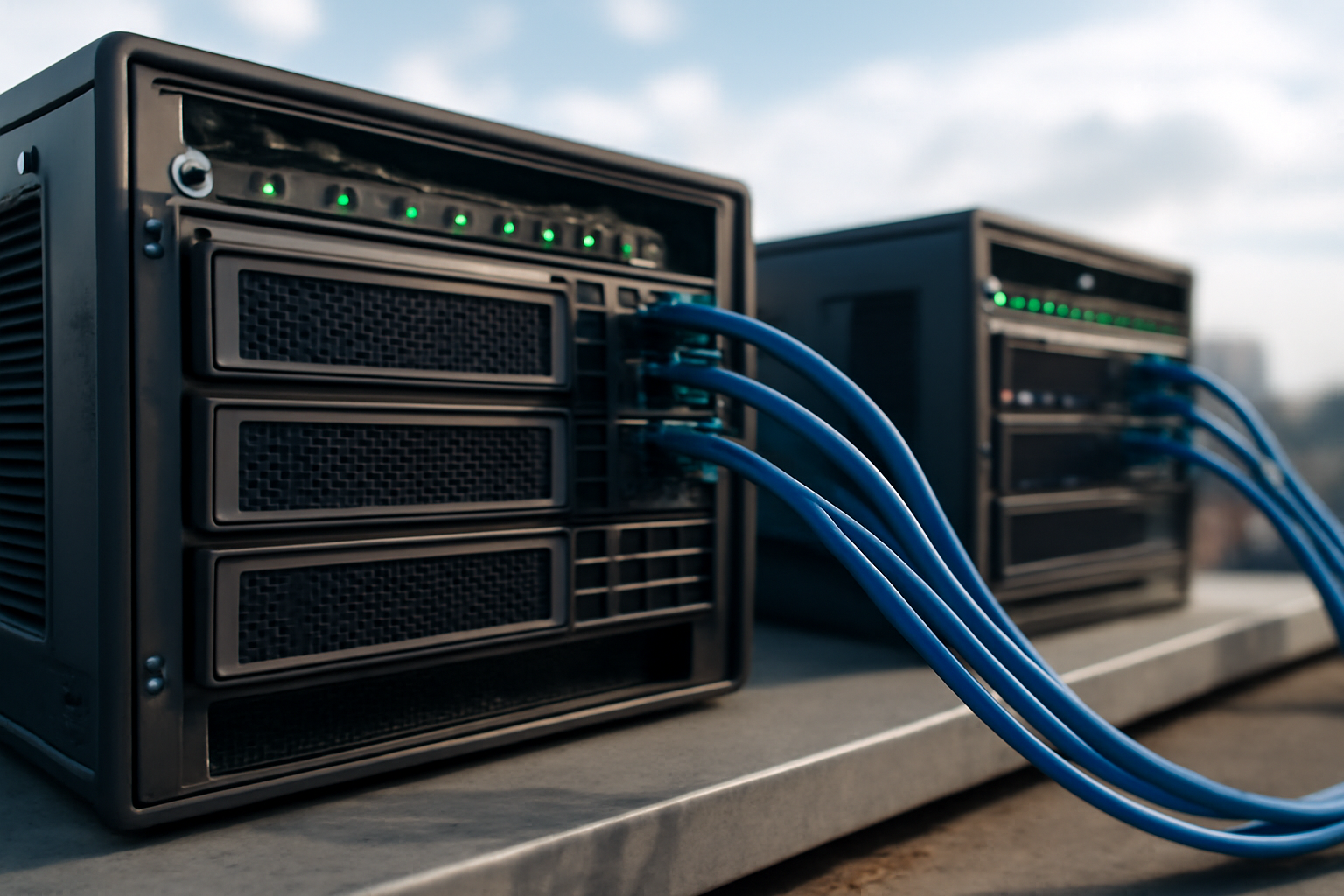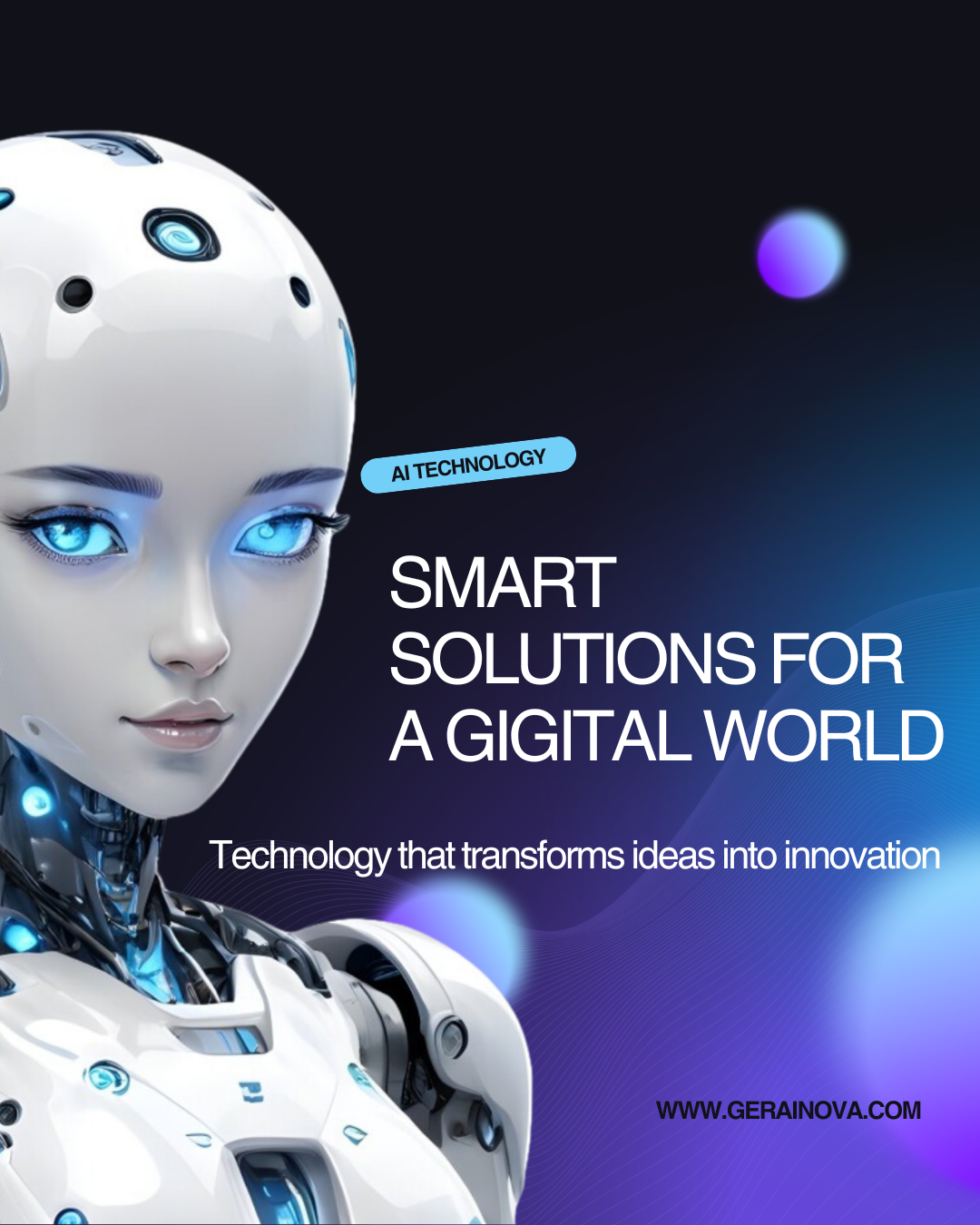In today’s rapidly evolving digital landscape, the demand for faster data processing and real-time decision-making is higher than ever. With the proliferation of IoT (Internet of Things) devices, autonomous vehicles, smart cities, and other connected technologies, the amount of data being generated is increasing at an unprecedented rate. To keep up with this data deluge and to ensure optimal performance, a new computing paradigm is emerging: Edge Computing.
Edge computing is quickly becoming a game-changer in how we process data, particularly in real-time applications. But what exactly is edge computing, and why is it growing so rapidly? In this article, we’ll explore the concept of edge computing, its benefits, its applications, and why it’s poised to grow significantly in the coming years.
What is Edge Computing?
At its core, edge computing refers to the practice of processing data closer to where it is generated rather than relying on centralized data centers or cloud servers. Traditionally, data from devices like sensors, cameras, and IoT devices would be sent to the cloud for processing, which could lead to latency issues and bandwidth congestion.
With edge computing, the data is processed at or near the “edge” of the network, which means it doesn’t have to travel long distances to be processed. This results in faster data analysis, lower latency, and more efficient use of network resources.
In simple terms, edge computing takes the power of cloud computing and brings it closer to the devices and users who need it most. The “edge” can refer to devices like smartphones, IoT sensors, or even local edge servers that are geographically closer to the source of the data.
Why is Edge Computing Necessary?
The need for edge computing arises from the increasing volume of data generated by IoT devices. As the Internet of Things continues to grow, the number of connected devices worldwide is expected to reach 75.44 billion by 2025. These devices generate massive amounts of data, much of which needs to be processed in real-time to make timely decisions.
For example, in autonomous vehicles, decisions about speed, braking, and route navigation need to be made almost instantaneously based on data from sensors and cameras. Sending all that data to a cloud server for processing could result in unacceptable delays, potentially leading to accidents or inefficiencies.
Edge computing mitigates these issues by processing data at the source, dramatically reducing latency and enabling real-time decision-making.
How Edge Computing Works
Edge computing involves a decentralized approach to data processing. The data generated by devices is processed either on the device itself (in some cases) or by local edge servers that are closer to the data source. These edge servers can be situated in a wide variety of locations, such as on-premises in a factory, at a mobile network tower, or within a local data center.
Data Flow in Edge Computing
In a typical edge computing setup, the data flow works as follows:
- Data Generation: IoT devices, sensors, and machines generate vast amounts of raw data.
- Data Processing: Instead of sending the data to the cloud for processing, edge computing systems process the data locally, either on the device itself or at a nearby edge server.
- Data Action: The processed data is then used to trigger specific actions or provide real-time insights. This could be anything from adjusting machine settings to sending notifications to users.
Example: Smart Home Devices
In the context of a smart home, devices like thermostats, security cameras, and smart lights continuously collect data about their environment. Edge computing allows these devices to process that data locally—adjusting the temperature or turning on lights without relying on a distant cloud server. This enables faster responses and reduces dependency on cloud infrastructure.
Key Benefits of Edge Computing
Edge computing offers several key benefits that are driving its rapid growth across industries:
1. Reduced Latency
One of the most significant advantages of edge computing is its ability to reduce latency. By processing data closer to where it’s generated, edge computing eliminates the need for data to travel long distances to a centralized cloud server. This is particularly important in applications where real-time data processing is critical, such as in autonomous vehicles or industrial automation.
2. Improved Bandwidth Efficiency
Sending large amounts of raw data to the cloud for processing can lead to network congestion and bandwidth inefficiencies. By processing data locally at the edge, only relevant or summarized data needs to be sent to the cloud, which reduces the strain on network resources. This is particularly beneficial in environments with a high number of connected devices, such as smart cities or industrial IoT.
3. Enhanced Privacy and Security
By processing sensitive data locally, edge computing can improve data privacy and security. In some applications, sending data to a centralized server or the cloud may expose it to security risks, such as data breaches. Edge computing ensures that sensitive data can be processed and stored locally, reducing the risk of unauthorized access.
4. Scalability and Flexibility
Edge computing enables businesses to scale their operations more easily by deploying edge devices and servers in multiple locations. This distributed approach allows for more flexibility in managing resources and scaling systems without relying on centralized cloud infrastructure.
Applications of Edge Computing
Edge computing is being adopted across a wide range of industries and applications. Let’s explore some of the key sectors where edge computing is making a significant impact.
1. Autonomous Vehicles
Autonomous vehicles rely heavily on real-time data processing to make decisions quickly and safely. Sensors and cameras in self-driving cars generate vast amounts of data that need to be processed almost instantly to enable safe navigation. Edge computing allows these vehicles to process data locally, enabling faster decision-making and reducing the risk of accidents due to latency or connectivity issues.
2. Industrial IoT (IIoT)
In manufacturing and industrial settings, edge computing is being used to improve operational efficiency and reduce downtime. Machines equipped with IoT sensors can detect issues like equipment failure or maintenance needs in real-time. By processing this data locally at the edge, businesses can quickly address problems before they cause costly disruptions.
Example: GE’s Predix platform uses edge computing to monitor the performance of industrial machines and predict when maintenance is needed, helping to avoid costly unplanned downtime.
3. Smart Cities
Edge computing plays a crucial role in the development of smart cities, where data from traffic sensors, surveillance cameras, and environmental monitors is continuously collected. By processing this data locally at the edge, smart city systems can respond more efficiently to dynamic conditions, such as adjusting traffic lights in real-time based on traffic flow or managing energy consumption in smart buildings.
4. Healthcare
Edge computing is also transforming the healthcare industry by enabling real-time patient monitoring and remote diagnostics. Medical devices, wearables, and sensors can collect and process patient data at the edge, allowing healthcare providers to make timely decisions without waiting for data to be transmitted to the cloud. This can improve patient outcomes and enhance the efficiency of healthcare services.
Example: Wearable health devices, such as smartwatches, can use edge computing to monitor a patient’s heart rate or blood sugar levels in real time and send alerts to healthcare providers if there are any abnormal readings.
The Future of Edge Computing
As more devices become connected and data continues to grow exponentially, edge computing is expected to become even more critical in the coming years. According to a report by Gartner, the number of edge devices worldwide will reach 18 billion by 2023, and the global edge computing market is expected to grow from $3.5 billion in 2020 to $15.7 billion by 2025.
Several factors are driving the growth of edge computing:
1. 5G Connectivity
The rollout of 5G networks is expected to accelerate the adoption of edge computing. With 5G’s low latency and high-speed capabilities, the need for real-time data processing at the edge will become even more essential. Edge computing and 5G will work hand in hand to support applications that require ultra-low latency, such as autonomous vehicles, industrial robotics, and smart manufacturing.
2. Increased Adoption of IoT Devices
As IoT devices become more ubiquitous, the amount of data generated will continue to increase. Edge computing will be essential for processing this data efficiently and ensuring that devices can operate in real-time. From smart homes to connected factories, edge computing will enable a more seamless and efficient IoT ecosystem.
3. Advancements in AI and Machine Learning
AI and machine learning algorithms are increasingly being integrated into edge devices. This will enable even more sophisticated data processing at the edge, with the ability to make complex decisions without relying on cloud-based servers. These advancements will allow businesses to deploy more intelligent systems and applications, improving automation, efficiency, and decision-making.
Conclusion
Edge computing is reshaping the future of computing by bringing data processing closer to the source. With its ability to reduce latency, improve bandwidth efficiency, enhance security, and provide real-time insights, edge computing is becoming an essential technology for industries ranging from autonomous vehicles to healthcare and smart cities. As the number of connected devices continues to grow, edge computing will play a central role in managing and processing the vast amounts of data generated by these devices.
The future of edge computing is incredibly promising, with advancements in 5G, IoT, and AI expected to drive further innovation and growth. By enabling faster, more efficient, and more secure data processing, edge computing is set to revolutionize how we interact with technology and will continue to shape the way industries operate in the years to come.




















